D.W. Correll Museum
It reportedly took three years to sort through all the objects in this eclectic lifelong collection.
Eclectic is the most frequently used word to describe this collection. Rocks, minerals, shells, old toys, whiskey bottles, belt buckles, taxidermied birds, antique cars, a mummified cat, and a few things that probably don’t have names can all be found at the D.W. Correll Museum. It reportedly took three years to sort through the objects D.W. corralled together to open the current iteration of the Route 66 museum.
The centerpiece of the museum is the antique car display, which occupies its own building and includes an aluminum 1919 Franklin, a 1902 Oldsmobile, a steam-powered 1899 Locomobile, a 1906 Cadillac, and many eclectic conveyances, all serviced, presumably, by an antique Texaco gas pump.
Rocks and minerals take pride of place in the building next door. The collection includes everything from Russian fuchsite to Brazilian itacolumite (known as “rubber sandstone” for its surprising flexibility). Geologic enthusiasms blend into a spirited liquor bottle collection that features a complete whiskey bottle chess set.
D.W. Correll was a long-time resident of Catoosa, Oklahoma, until he passed away in 1998. He was an industrial management expert who worked for McDonnell Douglass, but was active in an eclectic variety of businesses and hobbies. The current museum, housed in two large buildings, is an expansion from the original one he started in the old town post office. He restored the antique cars himself, and nearly everything was personally collected by D.W., although at least one item was an accidental acquisition. The mummified cat was found in the walls of the old museum.
Perhaps the most unusual exhibit in this museum of surprises is an unheralded cabinet containing four Venus’ Flower Baskets. Oklahoma is not particularly known for its hexactinellid sponges, so these examples of Euplectella aspergillum likely came from the Philippines. Avid viewers of David Attenborough documentaries will recognize the VFB, particularly from Blue Planet II, which filmed the poignant lives of a shrimp species that are essentially imprisoned inside a VFB for life. The sponge’s structure has also inspired scientists and architects seeking better design using stronger and lighter materials.
Of all the Route 66 attractions, this museum undoubtedly has the most compelling diversity.

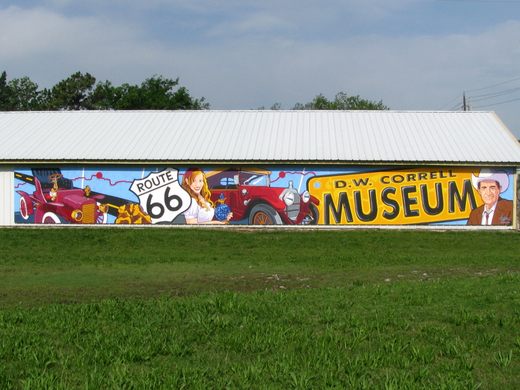
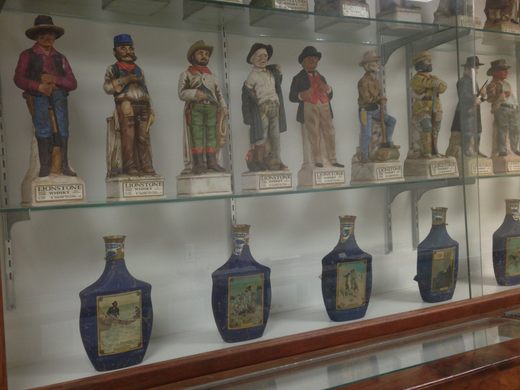
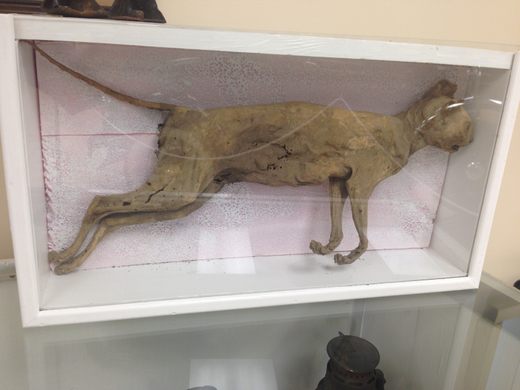
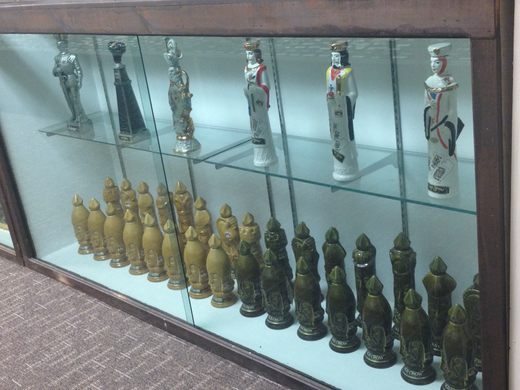
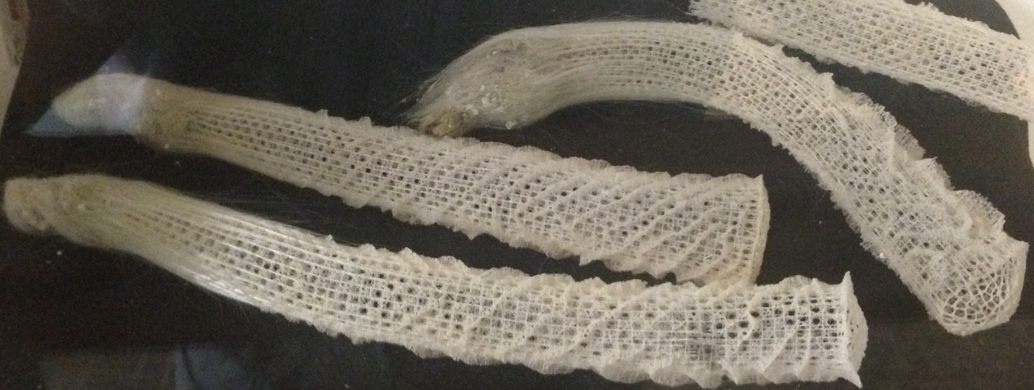
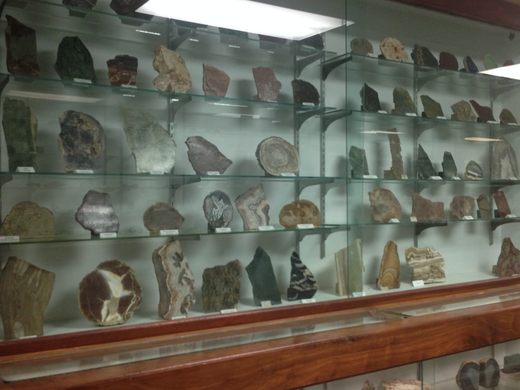
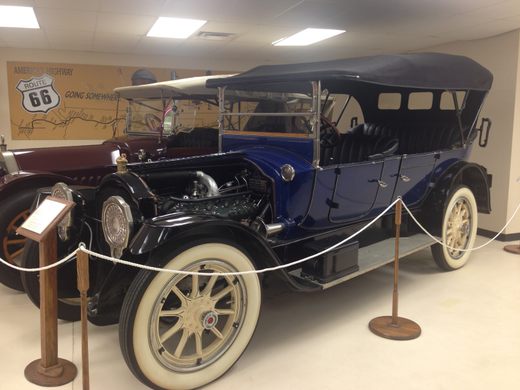
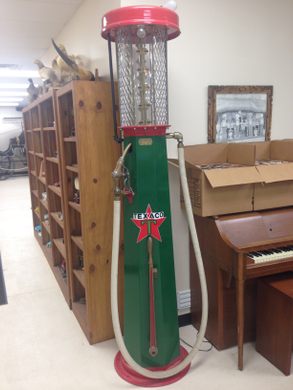
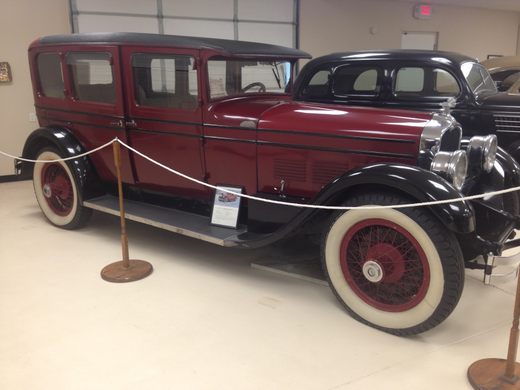
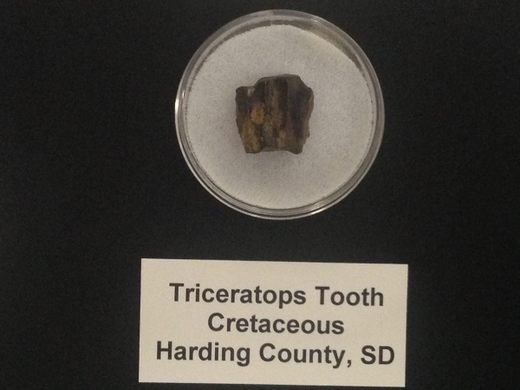
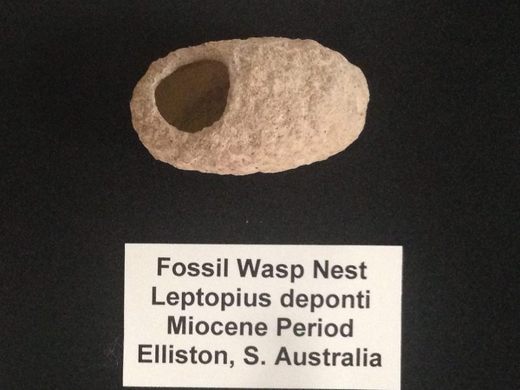




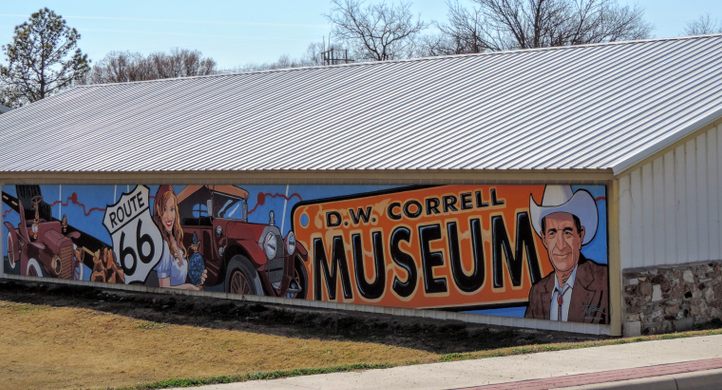





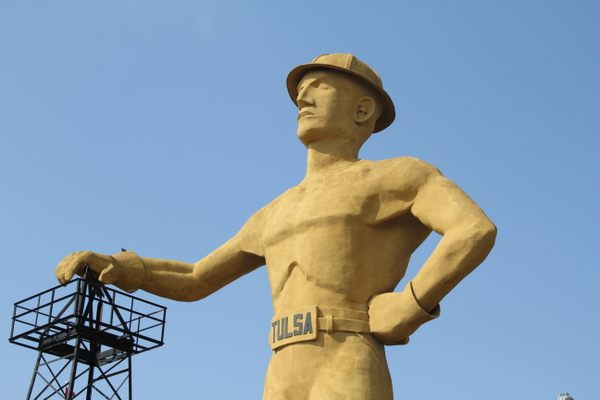


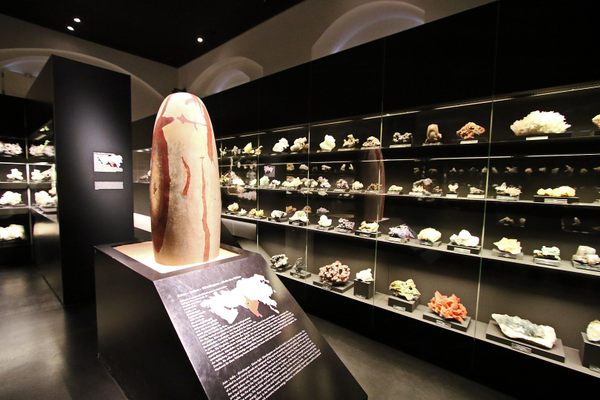
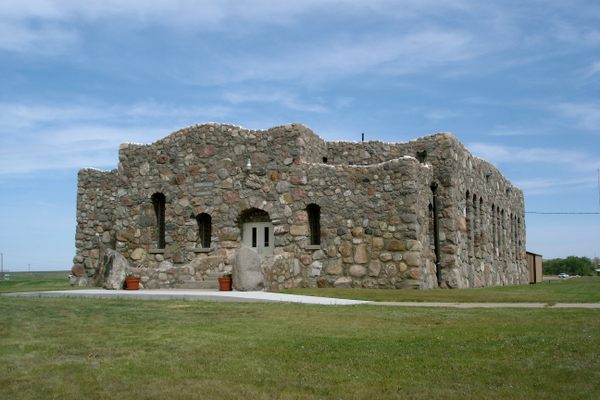
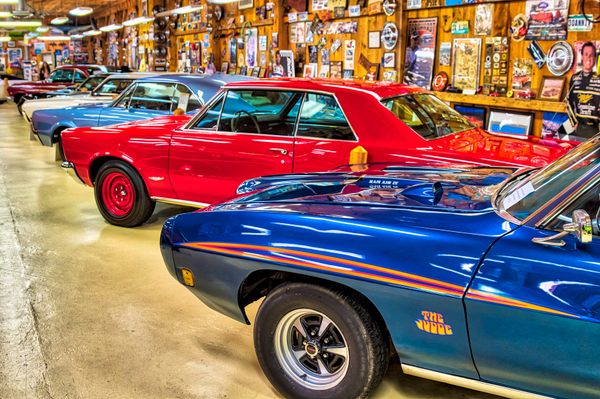


Follow us on Twitter to get the latest on the world's hidden wonders.
Like us on Facebook to get the latest on the world's hidden wonders.
Follow us on Twitter Like us on Facebook